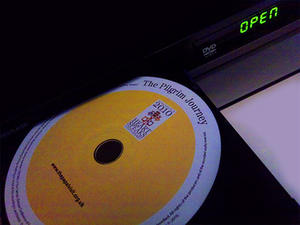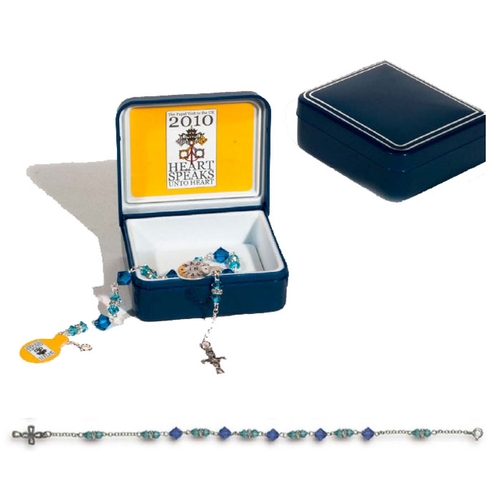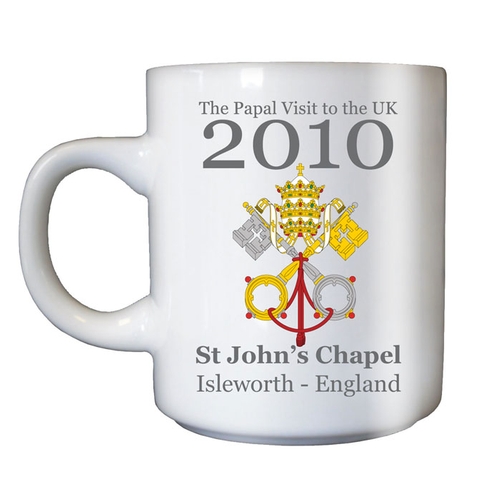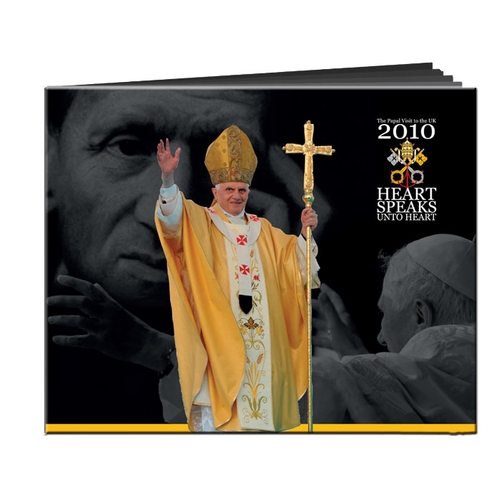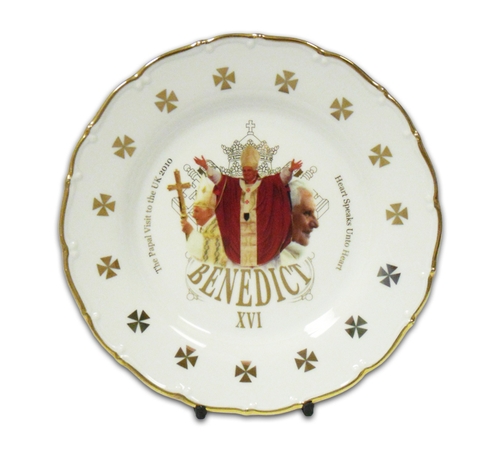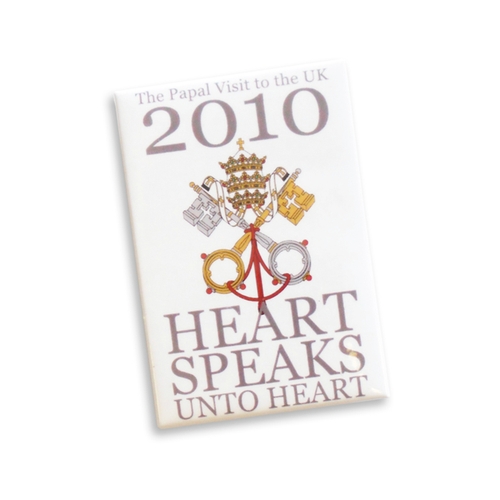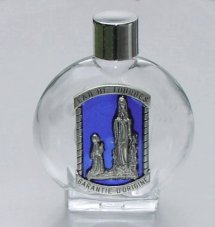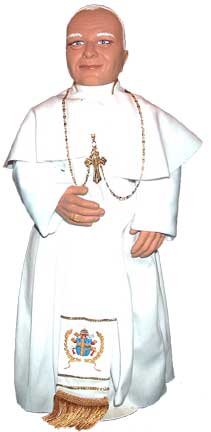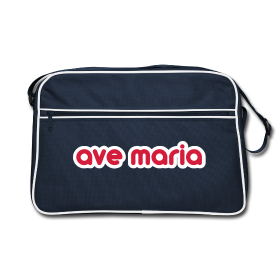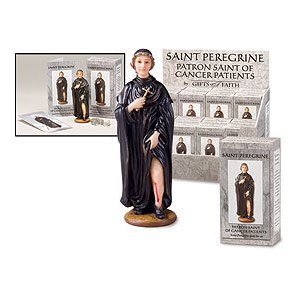Pilgrims visiting the open-air masses of Pope Benedict XVI this weekend will not gain entry unless they have first obtained a “Pilgrim Pack” via their diocese’s “Pilgrim Leader”. This can be had in exchange for a £25 “contribution”.
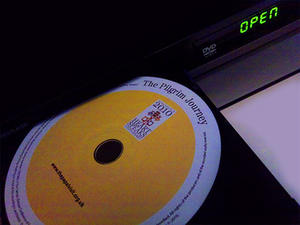 Perhaps hoping to tap into Simon Cowell’s devout following, the Pilgrim Pack includes a twelve-track CD, featuring welcome messages, prayers and songs by Catholic musicians, including Britain’s Got Talent finalist Liam McNally. It is the first time pilgrims to see the Pope are to be charged in this way – yet it won’t be a first for the tat that comes with it.
Perhaps hoping to tap into Simon Cowell’s devout following, the Pilgrim Pack includes a twelve-track CD, featuring welcome messages, prayers and songs by Catholic musicians, including Britain’s Got Talent finalist Liam McNally. It is the first time pilgrims to see the Pope are to be charged in this way – yet it won’t be a first for the tat that comes with it.
When Pope John Paul II visited in 1982, my grandmother camped out all night in Manchester’s Heaton Park. She returned with a handbag of prayer cards, rosary beads, bottles of “holy water” and a “souvenir photo”. It was no surprise. Growing up I was surrounded by Catholic iconography. There was the wood-mounted photo of John Paul II given to me in 1979 when I was six years old. There was also a luminous figurine of the Virgin Mary in my grandmother’s bedroom, where I slept when I stayed. Whenever I woke up in the middle of the night I would raise my head and see it, the eerie glow-in-the-dark reminder of the religion whose god was watching me all the time. As the light crept through the gap in the curtains more was revealed – the obligatory picture of Jesus exposing his sacred heart – or the small porcelain figurine of the eternally weeping Mary. There were also coils of rosary beads, a wooden crucifix, various prayer cards on the dresser to St. Jude, patron saint of lost causes, and nickel medals featuring Padre Pio and St. Christopher.
If my grandmother was alive today, I doubt she would be surprised by the Pilgrim Packs, but I suspect she would be shocked at how widespread and diverse the Catholic souvenir industry has become. It is no longer the preserve of the back-of-church gift table, the stall holders set up outside such pilgrimages, or those legions of shop-keepers working the holy-tourist souvenir mile around any holy site. Thanks to the internet, the sale of Catholic tat is now a global business opportunity.
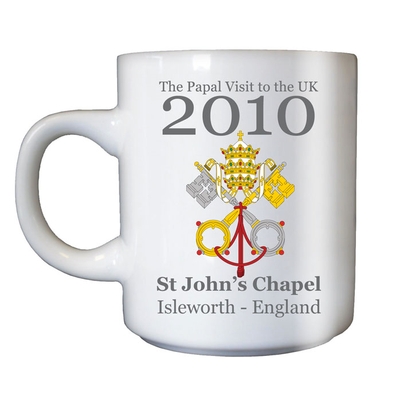 Much of this, of course, has nothing to do with the Church itself, but as we see with the Pilgrim Packs, we may be witnessing the rise of officially-sanctioned tat – how else to explain the existence of the Official Papal Visit Store, with its mugs, keyrrings, medallions and assorted “branded items”? Meanwhile, the larger online outlets, such as Catholics with Attitude (CWA), can be seen as a sub-brand of the Church. They claim they are not in competition with the official site, but profits are donated to help pay for the Pope’s visit – not a bad way to persuade the faithful to part with their money. Another, Direct from Lourdes, was set up as a charity to help sick people make pilgrimages to the holy French town, using the cash generated from the sale of tat.
Much of this, of course, has nothing to do with the Church itself, but as we see with the Pilgrim Packs, we may be witnessing the rise of officially-sanctioned tat – how else to explain the existence of the Official Papal Visit Store, with its mugs, keyrrings, medallions and assorted “branded items”? Meanwhile, the larger online outlets, such as Catholics with Attitude (CWA), can be seen as a sub-brand of the Church. They claim they are not in competition with the official site, but profits are donated to help pay for the Pope’s visit – not a bad way to persuade the faithful to part with their money. Another, Direct from Lourdes, was set up as a charity to help sick people make pilgrimages to the holy French town, using the cash generated from the sale of tat.
All these stores trade on the religion, helping to extend and maintain Catholic brand loyalty in the process. In many cases, it means a greater opportunity to exploit the vulnerable, with some sites selling items such as the St Peregrine cancer kit, which surely has to take the prize for most distasteful. There are many who, suffering serious illness or misfortune, find themselves turning to two things in search of a miracle cure – religion and the internet. Some will make the trek to sites like Lourdes to be blessed in the holy waters. But if one can’t make it all that way, plenty of sites offer online salvation. A bottle of Lourdes holy water can be sent by first-class post. If there are no results with the holy water, there’s always the apparition mug with Lourdes water mints. Or, there are the miraculous medals to which many a miracle has been attributed.
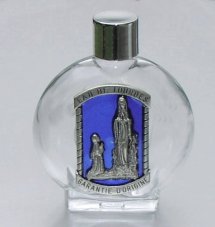 But if the tat fails you, perhaps good old fashion prayer could do the trick. It is, after all, the basis upon which Cardinal Newman's beatification, ostensibly the purpose of the Pope’s visit to the UK, rests. Despite dying in 1890, it was only in 2001 that Jack Sullivan, a Catholic deacon (though surely his vocation was a mere coincidence...), came forward to claim that his prayers to Newman cured him of a serious spinal condition.
But if the tat fails you, perhaps good old fashion prayer could do the trick. It is, after all, the basis upon which Cardinal Newman's beatification, ostensibly the purpose of the Pope’s visit to the UK, rests. Despite dying in 1890, it was only in 2001 that Jack Sullivan, a Catholic deacon (though surely his vocation was a mere coincidence...), came forward to claim that his prayers to Newman cured him of a serious spinal condition.
Thanks to Sullivan, the path is clear for the creation of a new Catholic saint, an event the Church’s PR team must view as the ultimate marketing opportunity – just think of all the tat you could sell at a beatification. And what better way to market your product than a tour of the saint’s homeland by the head of your organisation, paid for by the British taxpayer? Among all the criticism of the state visit, perhaps this has been overlooked – the head of a multinational business is coming to town to peddle his wares, and we’re picking up the bill.
